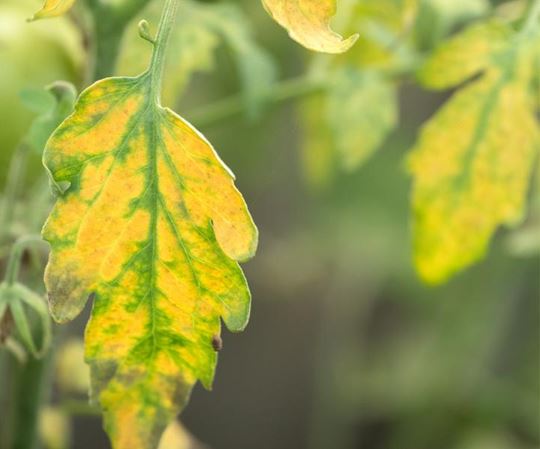Towards an optimization of photosynthesis
The vast majority of plants live thanks to photosynthesis, which allows them to transform the sun’s energy into sugars and proteins. It is thought that this process began in bacteria, then in algae. Organisms that carry out this synthesis from light are called “photoautotrophs”. They are essential for planetary life. Their ability to meet their needs without relying on other living beings allows all the others (heterotrophs) to find food! It is also the photosynthesis of these photoautotrophic beings that generates the oxygen in our atmosphere.
In plants, it is in the chloroplasts that photosynthesis takes place. They correspond to a part of the plant cell specialized in this mechanism and contain chlorophyll, a pigment that captures light energy.
All the green parts of a plant contribute to photosynthesis, from the stems to the ripening fruits – when there are any. Leaves therefore do not seem to be necessary for plant growth. However, evolution has naturally favored the development of surfaces suitable for photosynthesis.

At the beginning of the history of life on Earth, during the first 100 million years of existence of plants, non-vascular plants were the most represented. These plants are called Bryophytes. They are characterized by the absence of complex conductive tissue (or “vascular” tissue), which allows water and nutrients to circulate within the plant in the case of vascular plants.
Currently, Bryophytes are represented by mosses, as well as liverworts and anthoceroses, which are less well known and less numerous. Approximately 20 000 species are listed in the world, without counting the species not yet discovered. The oldest plant fossils suggest that our Bryophytes share many commonalities with primitive plants.

Some liverworts have a shape reminiscent of the liver (in Greek “hêpatos”). As for the anthoceroses, their reproductive organ in the shape of pointed rods evokes a horn (keratos). It is from these analogies that their name was taken.
Bryophytes have no roots and not all have leaves. They attach themselves to the substrate with rhizoids, which can evoke small roots, but which are deprived of absorptive function. It is the very fine structure of Bryophytes that allows them to diffuse nutrients through their organs without passing through specialized tissues. They need a humid environment to reproduce and take for the most part the form of a carpet. They carry thallus, kind of flattened green blades, or small very thin “leaves”.
The first “real” leaf
After the appearance of plants on land about 475 million years ago, with evolution, the first vascular plants emerged some 50 million years later. With them, the real leaves were born… or rather in the wake, probably 15 million years later, according to the fossils found.
We can distinguish two groups of leaves. Those that appeared first are the “microphylls”, small and needle-shaped. They are found in Lycophytes, which are known to be the oldest lineage of modern Vascularia. There are more than 1,000 species of Lycophytes today, including 23 in France, among which the Lycopod selagine (Huperzia selago), quite common in our mountains. During the Carboniferous period, about 300 million years ago, tree-like Lycophytes species grew up to 40 meters high, but only the smallest have survived.
The “megaphylls” look more like leaves as we imagine them: they have a larger surface and are made of a network of veins. It took another 40 million years after the microphylls to see them grow.
Genesis of the leaf in vascular plants
The origin of megaphyllous leaves can be explained by the development of close branches on the same stem. One of the branches would have taken precedence over the others by its size, the smaller ones flattening out and forming a new tissue to join together. According to this hypothesis, this is how the first leaf-bearing branch was born.
Today, a large part of plants have leaves, which have become the main organ of photosynthesis. Without them, the efficiency of vascular plants to feed themselves would be much lower.


